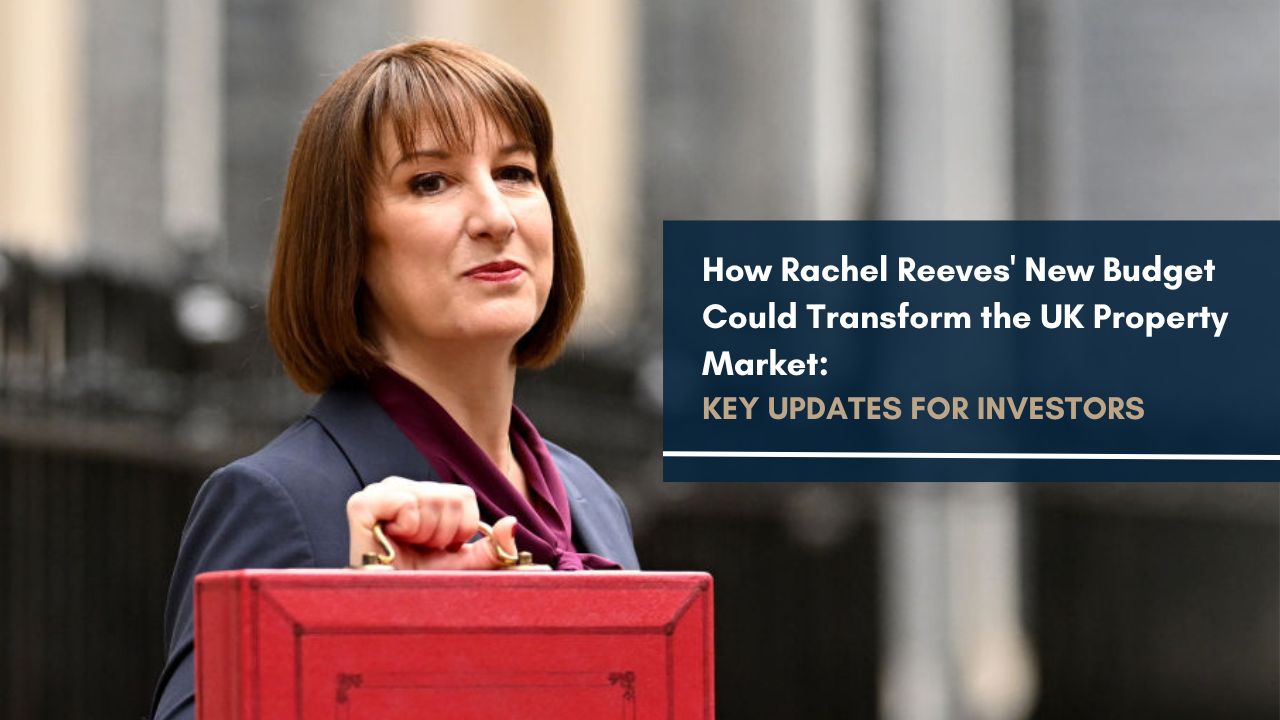Hello,
I hope you have had a fantastic week. This week we have been discussing commuter-belt locations that offer close proximity to both countryside and city living. These areas are highly attractive to both families and working professionals in search of a balanced lifestyle.
If you are interested in finding the ideal commuter-belt location for your buy-to-let investment, reply to this article today.
Now, let’s take a look at all the headlines that caught our attention this week. I always try to summarise the links to save you having to click through.

Episode 64: Beyond the Bricks & Mortar – Property Q&A Session – The latest episode of the Pure Property Podcast is out now. You can listen to it on Apple Podcasts and all other major platforms.
Remember, you can also listen to this week’s newsletter on the podcast as well.
We would really appreciate it if you could subscribe and leave feedback for our Podcast on Apple.
Lloyds Banking Group became the top buy-to-let lender in the UK in 2022, surpassing Nationwide, according to UK Finance data. Lloyds’ residential mortgage lending dropped 4.4% to £52.7bn, while its landlord lending grew 10.3% to £7.5bn. However, its market shares in both categories declined slightly.
Virgin Money rose to the seventh spot in residential lending, and NatWest jumped to third in buy-to-let lending. Lloyds, Nationwide, and NatWest hold the top spots for outstanding balances, with Lloyds leading at £309.5bn.
The Bank of England (BoE) states the UK economy has remained resilient despite sharp interest rate hikes to 5% from 0.1% at the end of 2021, though the full impact is yet to manifest.
The BoE assessment noted no immediate cause for alarm. Approximately one million mortgage borrowers may see their repayments rise by £500 between now and 2026. However, the proportion of highly indebted households is expected to remain below the peak of 2007, despite rising living costs and nearly 9% inflation.
The UK housing market suffered an eight-month low in June 2023, with a slump in new buyer enquiries and newly agreed sales, the Residential Market Survey by RICS revealed.
The net balance of new buyer enquiries dropped to -45%, while sales plunged to -34%. The national house prices indicator also declined to -46%. However, 58% of survey respondents reported that homes with better energy efficiency maintained value. Tenant demand continues to outstrip supply, pushing rental prices up. The RICS Chief Economist attributes these declines to increased interest rates impacting mortgage rates.
UK rental figures have seen a 5% annual increase in May 2023, the most significant in nearly seven years. Reasons include higher mortgage rates deterring first-time buyers, limited housing supply failing to meet demand, a resurgence in economic immigration, and an influx of international students.
The cost of borrowing has increased due to the Bank of England hiking mortgage interest rates to 4.5%. This imbalance of supply and demand, coupled with other economic factors, has boosted rental figures. The North West, Liverpool, and Manchester have seen above-average rental growth. However, this sharp increase is unlikely to last indefinitely.
That is all we have for you this week. If you have any comments or questions on this weeks news summary then please feel free to hit ‘reply’ – if not, see you next week.
Tobi Mancuso
Director, Track Capital
Listen to The Pure Property Podcast from Track Capital here
































